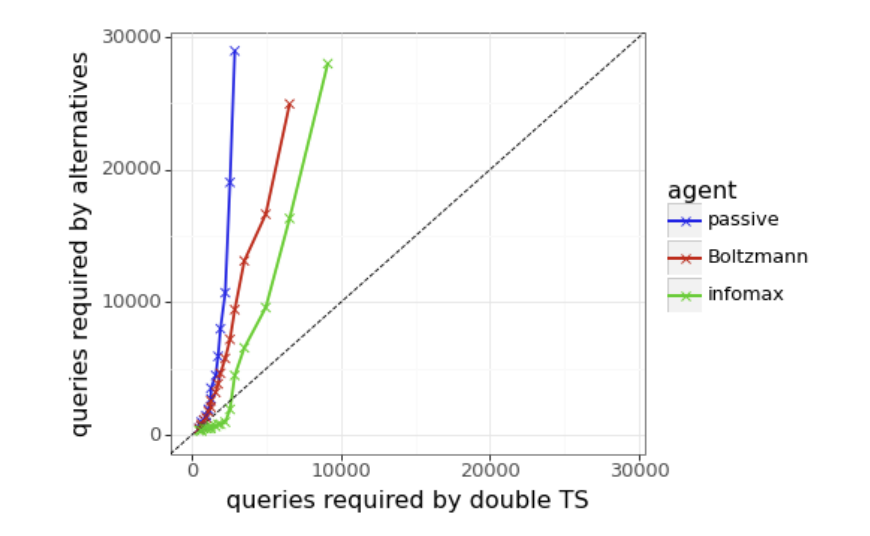We often delve into individualized treatments, yet the topic of tailored end-of-life care remains largely unexplored.
The conclusion of life poses some of the most challenging and dreaded decisions, both for patients and healthcare providers. Despite the prevailing preference for a home setting for one’s final moments, individuals in developed countries frequently find themselves in hospitals or acute care facilities as their lives draw to a close. Various factors contribute to this disparity, including the underutilization of hospice services primarily due to inadequate referrals. Health professionals may shy away from initiating conversations about end-of-life care out of fear of causing distress, infringing on autonomy, or lacking the necessary expertise.
Our apprehensions about death are multifaceted. Throughout my years as a physician specializing in preventive medicine, I have grappled with three primary fears: the fear of pain and suffering, the fear of separation, and the fear of the unknown. However, advance directives or living wills, which could serve as a form of control in the process, are often either scarce or inadequately detailed, leaving loved ones burdened with agonizing decisions.
Apart from the considerable financial implications, studies have indicated that surrogate decision-makers or next-of-kin may inaccurately predict the preferences of the dying individual. This discrepancy may arise from the personal impact of these decisions, alignment with their own belief systems, or their roles as children or relatives (as emphasized in a study from Ann Arbor).
Is it conceivable to relinquish these decisions to automated systems, treating physicians, or family members? And if so, is it advisable?
Artificial Intelligence for End-of-Life Decision Making
While discussions on a “patient choice determinant” are not novel, recent advancements in AI technology have propelled this discourse from theoretical ethics to practical application within the medical community (as evidenced by notable research papers from Switzerland and Germany in 2023). However, the integration of end-of-life AI systems into clinical practice is still in its nascent stage.
The Medical ETHics ADvisor (METHAD), a machine-learning model developed to offer guidance on ethical dilemmas in healthcare, represents a significant step forward. Researchers from Munich and Cambridge introduced this proof-of-concept study last year, highlighting their approach of training the algorithm on a specific ethical framework. However, a fundamental challenge persists with end-of-life decision support systems: the underlying values guiding such algorithms.
Typically, data scientists rely on a “ground truth” to train algorithms, often based on objective, quantifiable metrics. For instance, in training an algorithm to differentiate benign from malignant skin lesions, the outcomes are clearly defined. However, when making end-of-life decisions that do not revolve around treatment options, determining the benchmark for training AI systems becomes complex.
One plausible approach could involve predicting the individual’s preferences using personalized algorithms, devoid of moral judgment. Yet, translating this concept into practice is intricate. Predictive algorithms necessitate relevant data to generate accurate forecasts, and in the realm of healthcare, factors beyond medical history—such as demographics, social status, religious beliefs, or practices—could significantly influence end-of-life preferences. However, datasets encompassing such nuanced information are scarce. Nonetheless, advancements in large language models like ChatGPT have expanded the horizons of data analysis.
In scenarios where longitudinal data proves insufficient, could we simulate end-of-life scenarios by posing hypothetical questions to a diverse population? However, the reliability of responses in such artificial settings remains uncertain, as human behavior in real-life circumstances may differ.
Furthermore, determining the acceptable precision threshold for end-of-life algorithms poses a significant challenge. Communicating this uncertainty to families and healthcare providers amidst critical decision-making moments can exacerbate the already distressing situation. The opacity of certain machine learning algorithms further complicates matters, as it impedes our ability to question the model’s decisions or its underlying principles.
While precision is crucial across various AI applications, it holds particular relevance in social contexts where transparency can foster acceptance. As we strive to navigate end-of-life decisions, fostering self-awareness and autonomy may reduce our reliance on AI algorithms to guide us through these profound choices.










